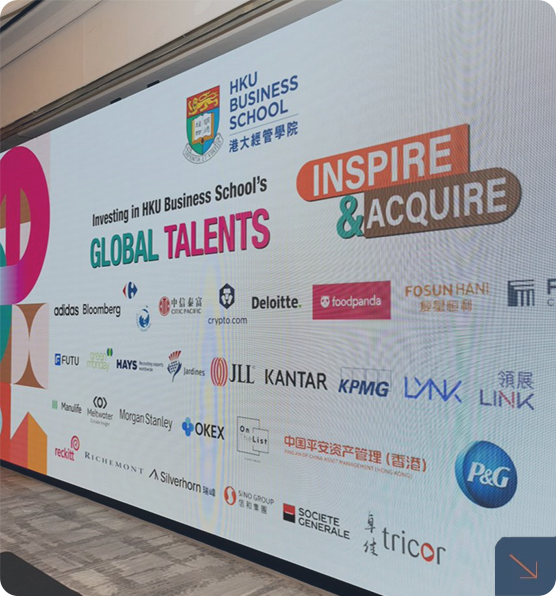We provide the first quantitative evaluation of the impacts and interactions of the US-China trade wars and industrial policy competitions. We extend the model in Caliendo and Parro (2015) by incorporating sectoral external economies of scale. We find that (i) under our baseline calibration of scale economies, the “Made-in-China 2025” (“MIC 2025”) subsidies tend to improve the welfare of both China and the U.S.; (ii) the US gains from Trumpian tariffs if China does not retaliate, and the gain is larger if China had implemented the “MIC 2025” project; (iii) in a non-cooperative tariff game targeting on high-tech industries supported by the “MIC 2025”, both China and the U.S. impose high tariffs and endure welfare losses; and (iv) if it is feasible for the U.S. to subsidize its own high-tech industries, the U.S. would reduce its tariffs on high-tech imports from China and benefit from its own industrial subsidies. These results (i) provide a rationale for trade wars and industrial policy competitions between the U.S. and China and (ii) suggest that industrial subsidies, if properly implemented, may generate less distortion than import tariffs as a means of international competition.

Prof. Xiaodong ZHU
Economics
Area Head of Economics
Chair of Economics
3917 7488
KK 904
Publications
31Jan
31 Jan 2024
Journal of Monetary Economics





